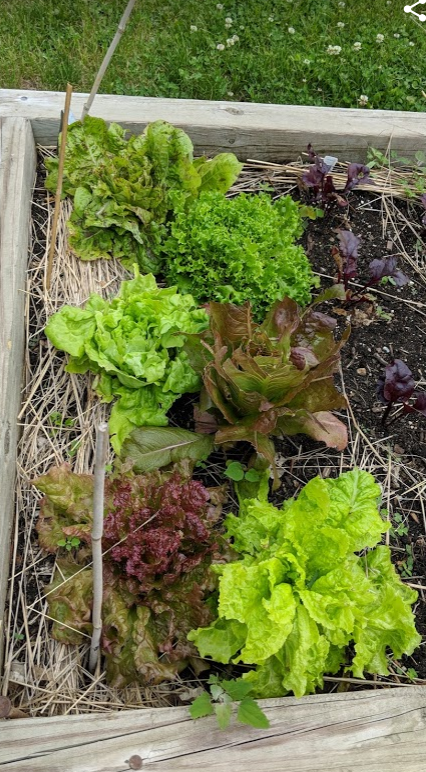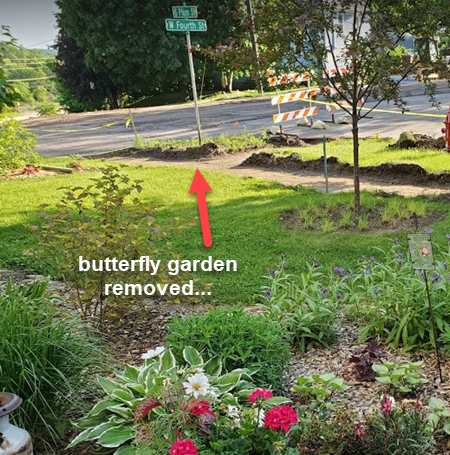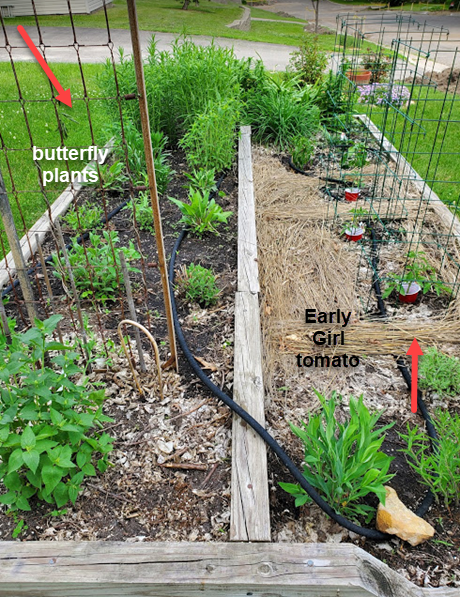Click below to listen to my 2 min. Garden Bite radio show: Vegetable garden tips for June
June is an exciting month for vegetable gardeners! We’ve got our warm season plants in the ground and we’ve already been munching on salad greens!


Although most folks have got their tomatoes, peppers and herbs in the ground, you still have a week, however, it would be best to find tomatoes like ‘Early Girl’, short season growers.

You can start successive plantings of beets, peas and shorter season crops.

Also fans of broccoli, cauliflower, and brussel sprouts can plant them in June for a Fall harvest.

With rain, comes the weeds and they are plentiful in the veggie garden! I use dried ornamental grasses for mulch (see photo above), you can use any organic matter including grass clippings.
The first few weeks of a vegetable plant’s growth are the “critical period” for weed control, they’ll have the biggest effect on how well the plants grow and produce, so manage them diligently! In other words, pull them and mulch.
June’s a great time to make trellises for climbing vegetables. Crops like cucumbers, peas, and pole beans love to climb and will produce best when there is something for them to grow up onto. Some types of melons and pumpkins can be trellised, too! I have an old bed spring for my zucchini.

Trellis and cage tips from the Univ. of MN Ext.
Think about watering! Most people over-water. Generally speaking plants need just one inch of water (including rain) per week.
The University of Minnesota Extension says, overly-watered soil can foster diseases and insect pests, and impact plant health and productivity. Decide whether you need to water by feeling the top few inches of the soil. You can see the Dramm Soaker hose I use in the above photo.
Once plants are established and growing rapidly, water if the top 4 inches of the soil are dry.
For newly sewn, shallow seeds like lettuce or carrots, water frequently in order to keep the surface of the soil moist and encourage seeds to germinate.
Share your ideas on my Garden Bite facebook page! I’d love to see them.
